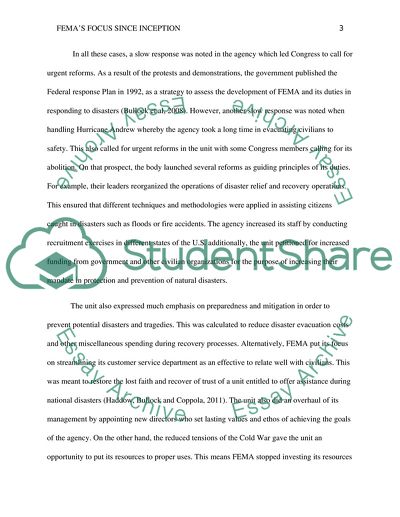Cite this document
(The National Flood Insurance Program Research Paper, n.d.)
The National Flood Insurance Program Research Paper. Retrieved from https://studentshare.org/social-science/1768078-how-has-femas-focus-changed-over-the-years-since-inception
The National Flood Insurance Program Research Paper. Retrieved from https://studentshare.org/social-science/1768078-how-has-femas-focus-changed-over-the-years-since-inception
(The National Flood Insurance Program Research Paper)
The National Flood Insurance Program Research Paper. https://studentshare.org/social-science/1768078-how-has-femas-focus-changed-over-the-years-since-inception.
The National Flood Insurance Program Research Paper. https://studentshare.org/social-science/1768078-how-has-femas-focus-changed-over-the-years-since-inception.
“The National Flood Insurance Program Research Paper”, n.d. https://studentshare.org/social-science/1768078-how-has-femas-focus-changed-over-the-years-since-inception.


